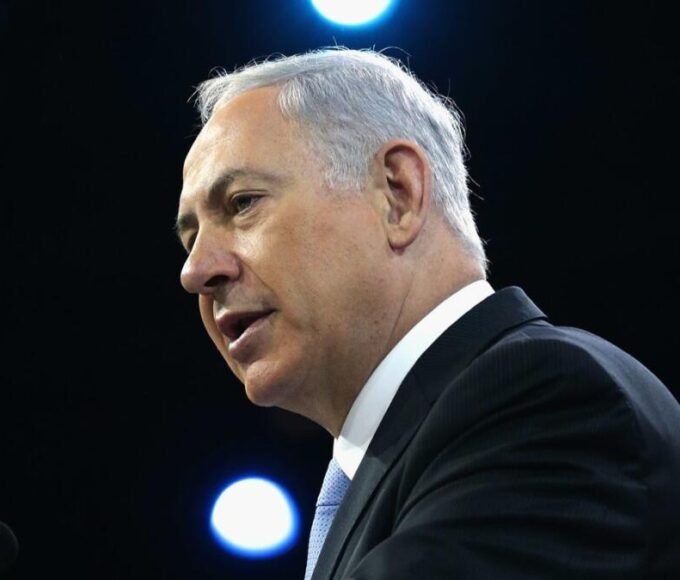Table of Contents
A Humanitarian Catastrophe Unfolding
In a heart-wrenching declaration on August 21, 2025, the United Nations confirmed that famine has taken hold in the Gaza Strip, marking the first-ever famine declaration in West Asia. The UN-backed Integrated Food Security Phase Classification (IPC) reported that over 500,000 people in Gaza are trapped in what experts describe as “catastrophic” hunger conditions—including widespread starvation, destitution, and preventable deaths.
This declaration is more than a statistic; it is a stark indictment of a man-made disaster compounded by war, blockades, and pervasive humanitarian access restrictions.
The Anatomy of the Famine
The famine is not merely about food shortage but the breakdown of essential systems sustaining life: food production, medical care, sanitation, and clean water access. Nearly 98% of Gaza’s croplands are damaged or inaccessible, livestock has been decimated, and fishing—a vital protein source—is banned or severely limited.
The UN report paints a desperate picture: hundreds of thousands of people are going days without a single meal, children suffer from acute malnutrition, and hospitals struggle under the weight of malnourished patients amid supply shortages.
The Food Blockade and Systematic Obstruction
Central to the famine is the blockade imposed by Israel, which as the occupying power, has obligations under international law to ensure the population’s sustenance. Yet, humanitarian aid is frequently delayed, obstructed, or denied, with food stacking up at border crossings instead of reaching those in need.
The UN Secretary-General condemned this as “a deliberate collapse of the systems needed for human survival” and called it a “moral failure” for the international community.
Recent Escalations and Their Consequences
The famine declaration coincides with intensified conflict in Gaza City and neighboring governorates such as Deir el-Balah and Khan Younis. Military offensives have destroyed vital infrastructure, reduced mobility, and worsened food insecurity.
The UN projects that by the end of September 2025, the number of people facing “catastrophic” food insecurity will rise to over 640,000, with an additional 1.14 million in “emergency” phase food insecurity. The expanding scope reflects fast-worsening conditions requiring immediate intervention.
Vulnerable Populations Bear the Brunt
Children, the elderly, persons with disabilities, and the chronically ill face the gravest risks in this crisis. Severely malnourished children too weak to cry or eat have been documented arriving at clinics, with death rates rising from preventable diseases intensified by hunger.
UN agencies emphasize that without urgent therapeutic feeding and medical support, mortality will climb, reversing decades of progress in health and nutrition.
Calls for Immediate Ceasefire and Aid Access
The UN and humanitarian agencies unite in demanding an immediate ceasefire to halt hostilities and guarantee unimpeded humanitarian access. Only large-scale aid delivery can save lives and begin reversing the famine.
The release of all hostages taken during recent terror attacks is also demanded, highlighting the intertwined humanitarian and security priorities.
The International Response: A Test of Humanity
The Gaza famine is described as “the world’s famine,” challenging nations to confront their responsibilities. UN officials describe it as a crisis enabled by indifference and sustained by global complicity, urging renewed diplomatic efforts and practical support.
Despite widespread awareness, political complexities have stymied effective responses, leading to mounting criticism of both regional actors and the international community.
Amidst Crisis, Stories of Resilience Emerge
Within Gaza’s devastated communities, amidst loss and hardship, resilience persists. Families endeavour to care for their children, local aid workers risk their lives to deliver food and medicine, and international NGOs coordinate relief amid daunting obstacles.
These human stories underscore the urgent need for peace and humanitarian restoration.
The Path Forward: Healing and Hope
Addressing Gaza’s famine requires multi-faceted action: ending the blockade, stopping the violence, restoring infrastructure, and mobilizing massive international aid.
More than a rescue mission, it is a chance to rebuild a broken region and affirm shared humanity. It calls upon governments, civil society, and global citizens to act decisively before it is too late.
Conclusion: Gaza’s Call to the World
The UN’s declaration of famine in Gaza is a somber milestone that demands immediate, unified global action. More than half a million people face starvation today, with millions more at risk unless fighting stops and aid flows freely.
This crisis is a litmus test for international solidarity, compassion, and justice—a call the world cannot afford to ignore.
Read More: Trump Aide Blames Modi, Calls Ukraine Conflict “India’s War”











Leave a comment